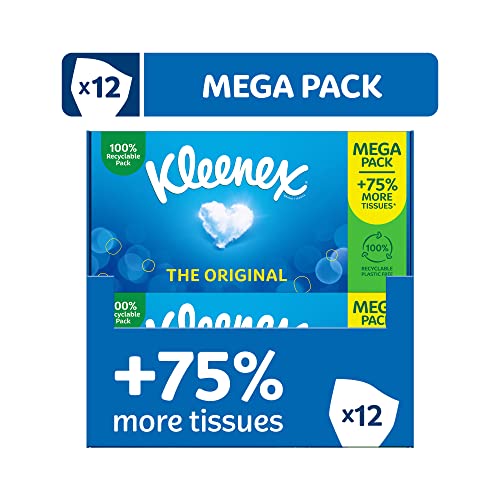Types of Epithelial Tissue
Epithelial tissue is one of the four main types of tissue in the human body. It covers the surfaces of organs, lines body cavities, and forms glands. There are several different types of epithelial tissue, each with its own unique structure and function.
Squamous Epithelium
Squamous epithelium is a type of epithelial tissue that is characterized by its thin and flat cells. These cells are arranged in a single layer and appear scale-like under a microscope. Squamous epithelium can be found in the lining of blood vessels, the lungs, and the outer layer of the skin. Its main function is to provide a protective barrier and allow for the diffusion of gases and nutrients.
Cuboidal Epithelium
Cuboidal epithelium is a type of epithelial tissue that is characterized by its cube-shaped cells. These cells are arranged in a single layer and have centrally located nuclei. Cuboidal epithelium can be found in the lining of the ducts of various glands, such as the kidneys and the salivary glands. Its main function is to secrete and absorb substances.
Columnar Epithelium
Columnar epithelium is a type of epithelial tissue that is characterized by its tall and rectangular cells. These cells are arranged in a single layer and have nuclei located towards the base of the cells. Columnar epithelium can be found in the lining of the digestive tract, the respiratory tract, and the female reproductive system. Its main function is to absorb nutrients and secrete mucus and enzymes.
Transitional Epithelium
Transitional epithelium is a type of epithelial tissue that is characterized by its ability to stretch and change shape. It is found in the lining of organs that need to accommodate changes in volume, such as the bladder and the ureters. Transitional epithelium can change from a stratified, cuboidal shape when the organ is empty, to a stratified, squamous shape when the organ is full. Its main function is to allow for stretching without tearing.
Pseudostratified Epithelium
Pseudostratified epithelium is a type of epithelial tissue that is characterized by the appearance of being stratified, even though it is not. This tissue is made up of various types of cells, including columnar cells, goblet cells, and ciliated cells. Pseudostratified epithelium can be found in the lining of the respiratory tract, where it helps to move mucus and trap particles. Its main function is to protect the underlying tissue and facilitate the movement of substances.






